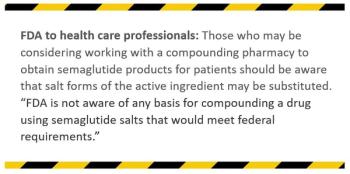
LET and TAC Trick
Lidocaine-epinephrine-tetracaine (LET) and tetracaine-epinephrine (Adrenalin)-cocaine (TAC) can be particularly helpful when you need to suture facial lacerations in children.
Lidocaine-epinephrine-tetracaine (LET) and tetracaine-epinephrine (Adrenalin)-cocaine (TAC) can be particularly helpful when you need to suture facial lacerations in children. Their effectiveness can be increased through longer contact times, but I find the most important factor by far is how the topical anesthetic is applied. Instead of applying it with an entire cotton ball, use a smaller piece that is just small enough to fit entirely within the wound. Make sure the piece of cotton is very wet, and then cover it with a piece of nylon tape. Don't use gauze anywhere. The gauze will absorb some of the topical anesthetic and wick it away from the wound. Opsite dressing is another option, but it often sticks to hair, which can make removal painful.
Newsletter
Enhance your clinical practice with the Patient Care newsletter, offering the latest evidence-based guidelines, diagnostic insights, and treatment strategies for primary care physicians.

















































































































































































































































































